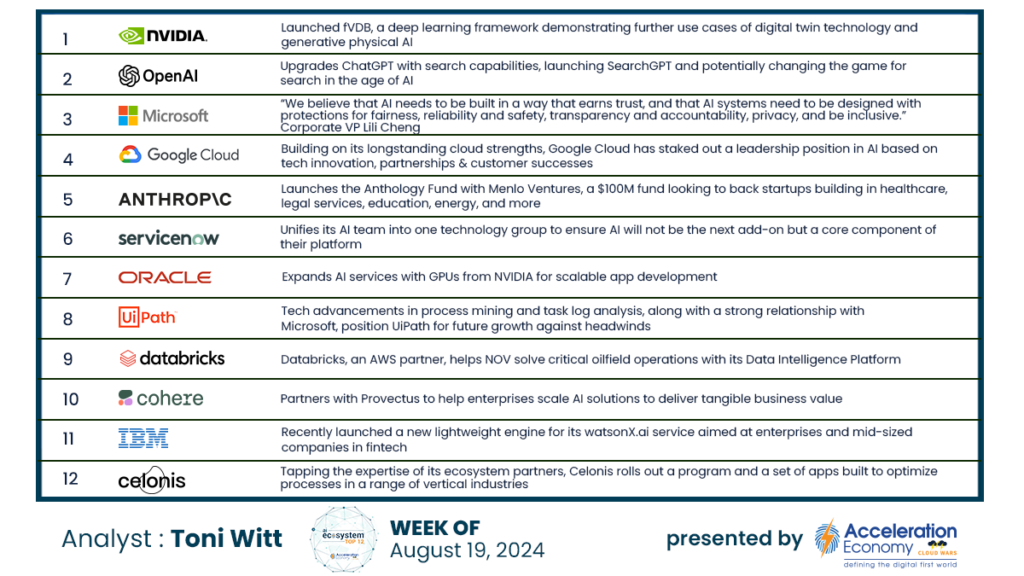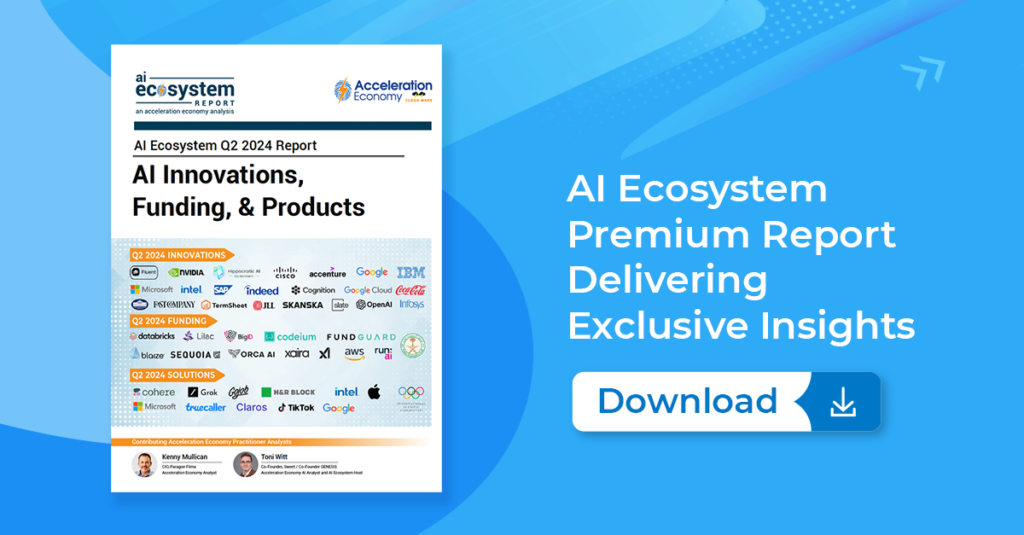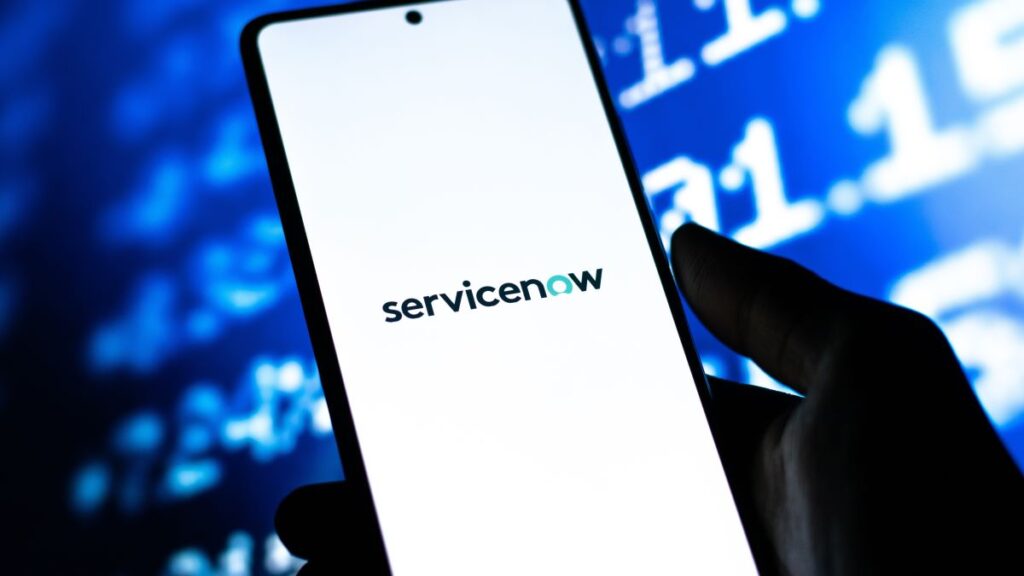
Hoping that a quick-witted putdown would gloss over some disturbing financial realities, Salesforce CEO Marc Benioff recently referred dismissively to high-flying ServiceNow as “Wienerschnitzel” while positioning his own slow-growing company as “McDonald’s.”
In doing so, Benioff took a big open-handed swipe at not just ServiceNow but also its CEO, Bill McDermott. And for reasons that I’ll lay out below, I believe that while Benioff’s quip might have earned him a few short-term laughs, he will ultimately come to regret that silly putdown.
Because in this business, what you’ve done in the past means nothing unless you can parlay all of that into a future that convinces customers that your company is the one to grow with, to innovate with, and to win with.
Now, it is certainly true that Salesforce’s most-recent quarterly revenue of $9.13 billion is about 3.5X greater than ServiceNow’s $2.63 billion, and in making the size comparison of the iconic global hamburger chain with the regional hot-dog chain, Benioff certainly has some ground to stand on.
The problem, though, is that that very ground on which Benioff and Salesforce are standing is shifting rapidly and dramatically, and most definitely not in their favor regarding which company has the brighter future.
Because, with that size disparity fully in mind, here are some details that offer a very different perspective on just how well Benioff is maintaining his long-held role as the, uh, “top dog” in cloud applications, particularly CRM (first four lines are growth rates; next three lines offer corresponding revenue figures).
| Metric | Salesforce | ServiceNow |
|---|---|---|
| Quarterly Growth Rate | 11% | 22% |
| Next-Quarter Guidance | 7% to 8% growth | 20.5% growth |
| Current RPO Growth Rate | 10% | 22.5% |
| Total RPO Growth Rate | 15% | 31.5% |
| Quarterly Revenue | $9.13 billion | $2.63 billion |
| Next-Quarter Guidance | $9.2 to $9.25 billion | $2.663 billion |
| CRPO | $26.4 billion | $8.78 billion |
| TRPO | $53.9 billion | $18.6 billion |
Those top four lines make it unmistakably clear that across the board, ServiceNow is growing twice as fast as Salesforce in all key metrics: last quarter, projections for next quarter, current RPO, and future RPO.
And along those lines, let’s take a look at the market cap for each company, and you tell me if this looks like a McDonald’s to Wienerschnitzel comparison:
- Salesforce: market cap of $255.1 billion, quarterly revenue of $9.13 billion
- ServiceNow: market cap of $172.9 billion, quarterly revenue of $2.63 billion
So while Salesforce’s revenue is 3.5X that of ServiceNow, ServiceNow’s market cap is two-thirds that of Salesforce — and since market caps in the tech world are primarily an indicator of the public’s confidence in future growth potential, who’s the big dog when it comes to future prospects?
But Benioff, ever the showman, simply couldn’t help himself during an appearance with Workday CEO Carl Eschenbach a few weeks ago on Jim Cramer’s Mad Money show. At one point, Cramer says he wants to talk about competition and decides to focus on ServiceNow as the primary challenger. I would have suggested SAP and/or Oracle, but Cramer quite rightly has a high opinion of ServiceNow and McDermott and chose to focus on them.
From a transcript I made from the YouTube version of the interview, here’s the exchange:
CRAMER: “I do want to focus just for a second on the competition. The competition, ServiceNow, does not offer the sales component. They don’t offer the waterfall component for the CFO. Are you going to come in underneath them in price when you do this, or is it going to be something that you say, ‘Listen, you’ve been — “
BENIOFF: “No, no, no — Jim — they don’t offer anything in this category. They don’t have a —you’re confused. Let me explain to you what Salesforce does. We’re the number one CRM in sales and service and marketing and commerce and in all of these critical customer touch points, with 230 petabytes of customer information. This” — Benioff gestures to Eschenbach, who’s sitting next to him — “is the number one HR provider, okay, incredible financials provider. We use Workday Financials and their HR, okay?
“So Jim, that’s like saying Wienerschnitzel is competing with McDonald’s. This is not — we’re not trying to — this is two different things we’re talking about here. We’re talking about, how do we deliver the next generation of customer experience, the next generation of the employee experience? How is it that humans with AI, are going to drive this success together?”
So while Cramer’s comparison was rather off the mark, the glaring irony is that Benioff and Eschenbach were appearing on Cramer’s show to talk about a new partnership they’ve launched to help their joint customers tie together the workflows and data that Salesforce offers with the workflows and data that Workday offers. And that is precisely the type of business outcome that McDermott and ServiceNow have been creating, evangelizing, and delivering since McDermott took over there as CEO five years ago. And during ServiceNow’s Q2 earnings call late last month, McDermott laid out an end-to-end vision for customers that transcends what Salesforce has been doing in its CRM silo for the past quarter of a century.

Here are a few examples:
End-to-end GenAI ambitions: “ServiceNow is putting AI to work for people. Our GenAI strategy is focused on infusing intelligence into the flow of work, end-to-end across the enterprise, every department, every persona. With our native integrations, we already help people orchestrate across different systems and data sources. Now we can train the machines to do the low-value work so the people can up-level to the knowledge work.”
“The intelligent action platform”: “[Customers] see ServiceNow as the intelligent action platform spanning the entire enterprise. And that is why our pipeline has built from Knowledge over 50% year-over-year improvement. It’s why CIO surveys continue to show ServiceNow’s relevance rising to the top of the charts. It’s why more IT and line of business buyers alike are looking at long-term blueprints for ServiceNow and planning out the future with us.”
High praise from NVIDIA CEO: “It’s why Jensen Huang hit it on the head when he said, ‘ServiceNow is the AI operating system for the enterprise.’ “
“Our growing data ambition”: “This is only the beginning. The data opportunity is massive, and we intend to make some additional announcements on September 10 regarding our growing data ambition. As you can see, ServiceNow is not opportunity-constrained. New buying centers, new industries, new geographic markets and we’re fielding more inbound interest for new partnerships than at any point in our history…. In closing, our focus is exactly where it should be: expanding this differentiated platform, scaling this business, and delivering great results for our stakeholders.”
And whereas Benioff has pegged this latest downturn in Salesforce’s growth rate to customers delaying buying decisions and cutting the sizes of their investments, McDermott said essentially that ServiceNow is electing not to participate in any slowdown.
“Are our customers mindful of the unknowns and the broader macro? Of course. And that’s exactly why they’re leaning into ServiceNow. Because AI is the elixir that drives productivity, cost efficiency, and new business models.
“Simply put, enterprises are investing in business transformation,” McDermott said. “They’re investing in AI, and they’re building a new reference architecture for the decades to come.
“This is the largest, most-compelling business opportunity in the world. We are bullish on what’s ahead. That’s why we have not only confirmed, but also raised our full-year guidance.”
Ah yes — speaking of guidance: if little “Wienerschnitzel” raised its guidance, then surely big dog McDonald’s did as well, right? Well, not exactly — in its fiscal-Q1 earnings release, Salesforce announced that it “lowers full-year FY25 subscription & support revenue growth guidance slightly below 10% year/year.”
Sounds to me like a lotta woof-woof.

The AI Ecosystem Q2 2024 Report compiles the innovations, funding, and products highlighted in AI Ecosystem Reports from the second quarter of 2024. Download now for perspectives on the companies, innovations, and solutions shaping the future of AI.
.










